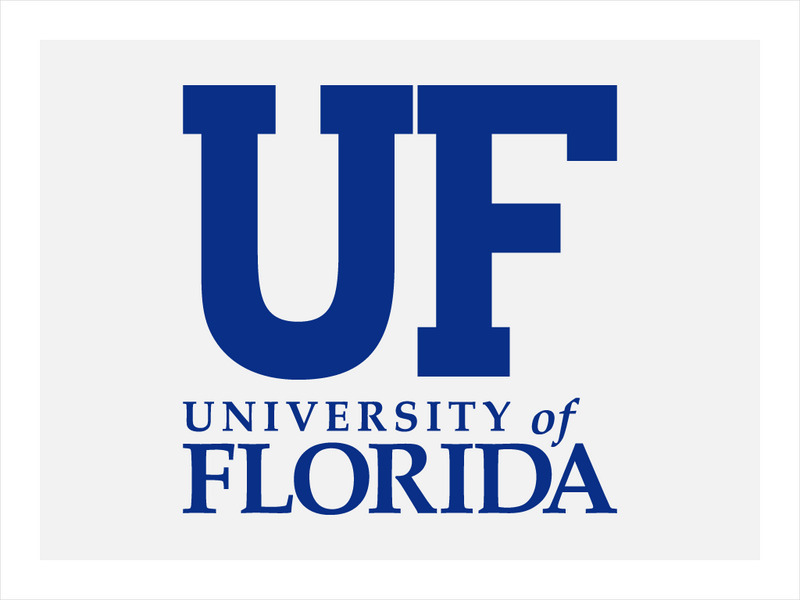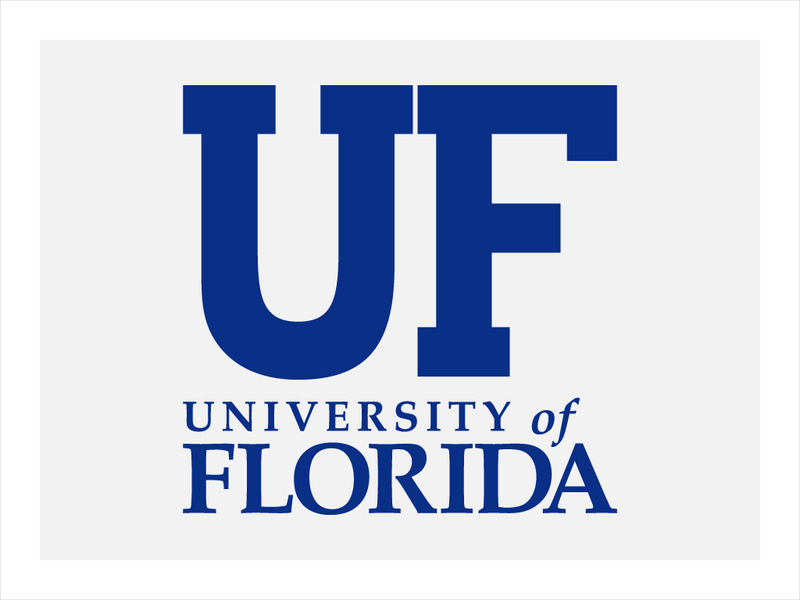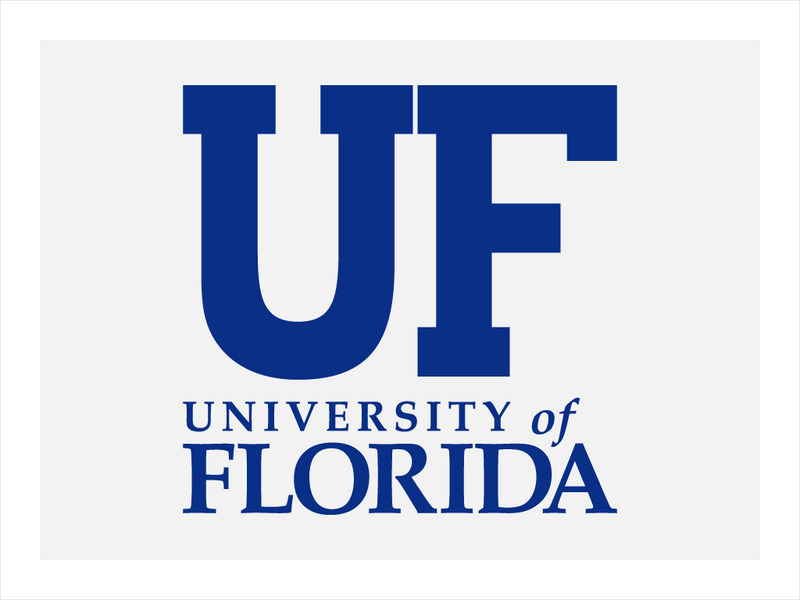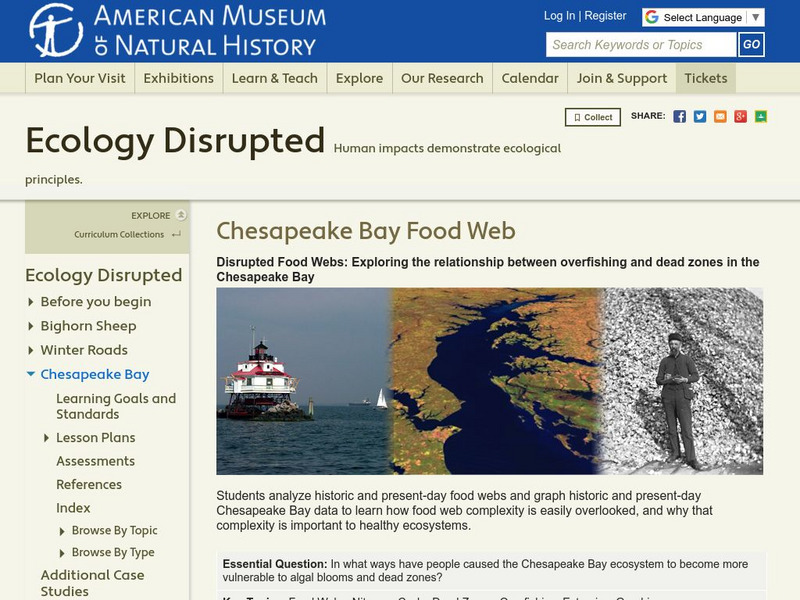Curated OER
Bald Eagle Basic Skills Math Practice
Students solve basic skills math problems involving eagles. They read and discuss facts about eagles and view a video. They complete the Eagle Math worksheet and check their answers. They create additional problems and solve them.
Curated OER
Mayonnaise Jar Greenhouse
Third graders examine the Greenhouse Effect, how it operates and finally allows the student to experiment using a model created in the classroom. They explain how the greenhouse effect affects the Earth.
Curated OER
Harriman and Plant Identification
Students observe and record botanical details from the plant specimens. They identify plants using sorting key and field guide and classify specimens for preservation and display purposes.
Curated OER
Can We Be Both Conservationists and Consumers?
Students explore their role as consumers and conservationists and what roles they play in today's economic climate. They explore resource allocation issues. Students analyze data and draw comparisons between historical and present-day...
Curated OER
Mosaic Pavement Panel
Students analyze Mosaic art and identify the tessellation process. In this Mosaic art instructional activity, students read information about Mosaic art and the tessellation process. Students compare mosaics from various civilizations...
Curated OER
Why Cladistics?
Students explore how biological classification is intimately associated with evolution.
Curated OER
Introduction to Pinning Insects
Students are introduced to how to properly pin insects by reviewing insect morphology, insect orders and recognizing that the second and third thoracic segments contain large locomotor muscles that bind to the pin.
Curated OER
Environmental Hazards
Students identify environmental hazards on a simulated field trip. They analyze the exposure and suggest methods to eliminate or reduce exposure to toxic sources.
Curated OER
Waterworld
Learners recognize poetry and the literary devices used to express the poem's meaning through poems about the sea. They use their imagination along with critical thinking skills in preparation for a creative writing assignment.
Curated OER
Impressionism
Students explore and discuss Impressionism and artists, like Monet and Renoir, who defined the Impressionism Art Movement, choose an artist to research, and create web sites based on their research.
Curated OER
Babushka Baba Yaga
Students read books by the author Patricia Polacco and complete different activities for the 4 books. For this language arts lesson plan, students read the books Babushka Baba Yaga, Boat Ride With Lillian Two Blossom, Pink and Say, and...
Curated OER
Mushrooms Can Save the World
Students use mushrooms to solve problems. In this environmental lesson, students study how fungi have been used to combat environmental problems. Students design strategies that employ mushrooms to combat other environmental challenges.
Curated OER
Uchiwa Lesson Plan
Students view images from Japan's Summer Festival celebration. They create a uchiwa fan to use while doing the Kuma River Dance.
University of Florida
Florida Museum of Natural History: Our Natural World
The focus of this guide is the natural world around us and its aim is to foster children's understanding and appreciation of the environment right outside their doors.
University of Florida
Florida Museum of Natural History: Prehistoric Life
The focus of this guide is on exploring the massive ancient creatures that roamed the Earth millions of years ago.
University of Florida
Florida Museum of Natural History: Investigating Water
This guide engages children in the process of scientific inquiry using the context of a favorite early childhood pastime-water play.
University of Florida
Florida Museum of Natural History: Plant Life
This teacher's guide focuses on the fascinating world of plants. Through books and other print materials, and exploration of actual plants, children will identify plants as living things, examine the parts of plants, experiment with what...
University of Florida
Florida Museum of Natural History: Kitchen Science
This guide focuses on everyday substances and how we can change their properties by adding heat or cold, physically manipulating them, or mixing them together.
University of Florida
Florida Museum of Natural History: First Colony: Our Spanish Origins
This resource is a lesson plan from the University of Florida Natural History Museum. It is a lesson on the impact that the immigrants of Jamestown, VA had on American culture and the melting pot they created in the early colonial days.
American Museum of Natural History
American Museum of Natural History: Ecology Disrupted: Chesapeake Bay Food Web
In this comprehensive lesson unit, students examine how overfishing has affected Chesapeake Bay's ecosystem. They will study food webs from the past and present and graph related data.
University of Florida
Florida Museum of Natural History: Animals 1: Fur, Fins, Feathers, and More
This teacher's guide focuses on familiar animals such as mammals, birds, reptiles, amphibians, and fish.
University of Florida
Florida Museum of Natural History: My Body My Senses
This teacher's guide introduces children to the human body and the five senses and covers the major body parts and what they do. Children also will use their five senses to learn about the world.
University of Florida
Florida Museum of Natural History: Physical Science
This guide focuses on four physical science topics that fascinate children and scientists alike. They are motion, magnets, sound, and light. With your guidance and support, these topics provide children with many opportunities to explore...
Smithsonian Institution
National Museum of Natural History: Zoo Labs
Five inquiry-based investigations designed for the observation of primates in a zoo setting. The labs ask guiding questions and list notable primate behaviors.























